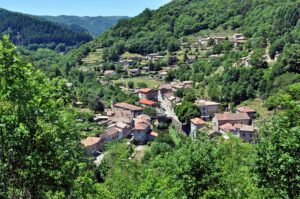After The Ashfall: What Ancient Environmental Disasters Can Tell Us About The Human Attachments To The Landscape
Keynote Details
Full Title
After The Ashfall: What Ancient Environmental Disasters Can Tell Us About The Human Attachments To The Landscape
Place of Presentation
Congress Center Innsbruck
Date of Presentation
Monday, 2022-09-12
08:50-09:10
In 1815 Tambora, a volcano in a small Indonesian island just east of Java, violently erupted killing untold numbers and incinerating villages and crops. This eruption, which historian Gillen D’Arcy Wood compares to that of Mount Mazama (now known as Crater Lake, Oregon) 7600 years ago, not only blackened the sky and reshaped the island landscape, but also disrupted climate patterns around the globe. Most survivors, who once produced food and luxuries for consumption, tribute and trade, never returned. Island society, in other words, disappeared from the historical record. As we live in a world fraught with ever worsening environmental disasters, my colleagues and I reflect on how ancient people in North America coped with various known disasters, especially the Mazama eruption and its aftermath, why they returned to denuded ancestral landscapes, and what valuable lessons they may teach us to find avenues for social action.


